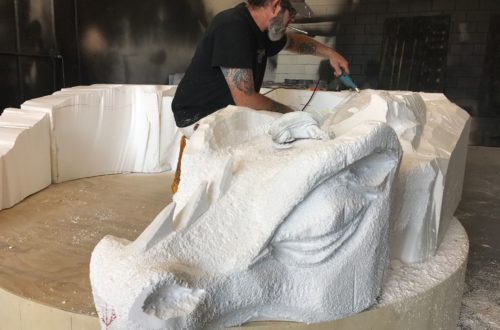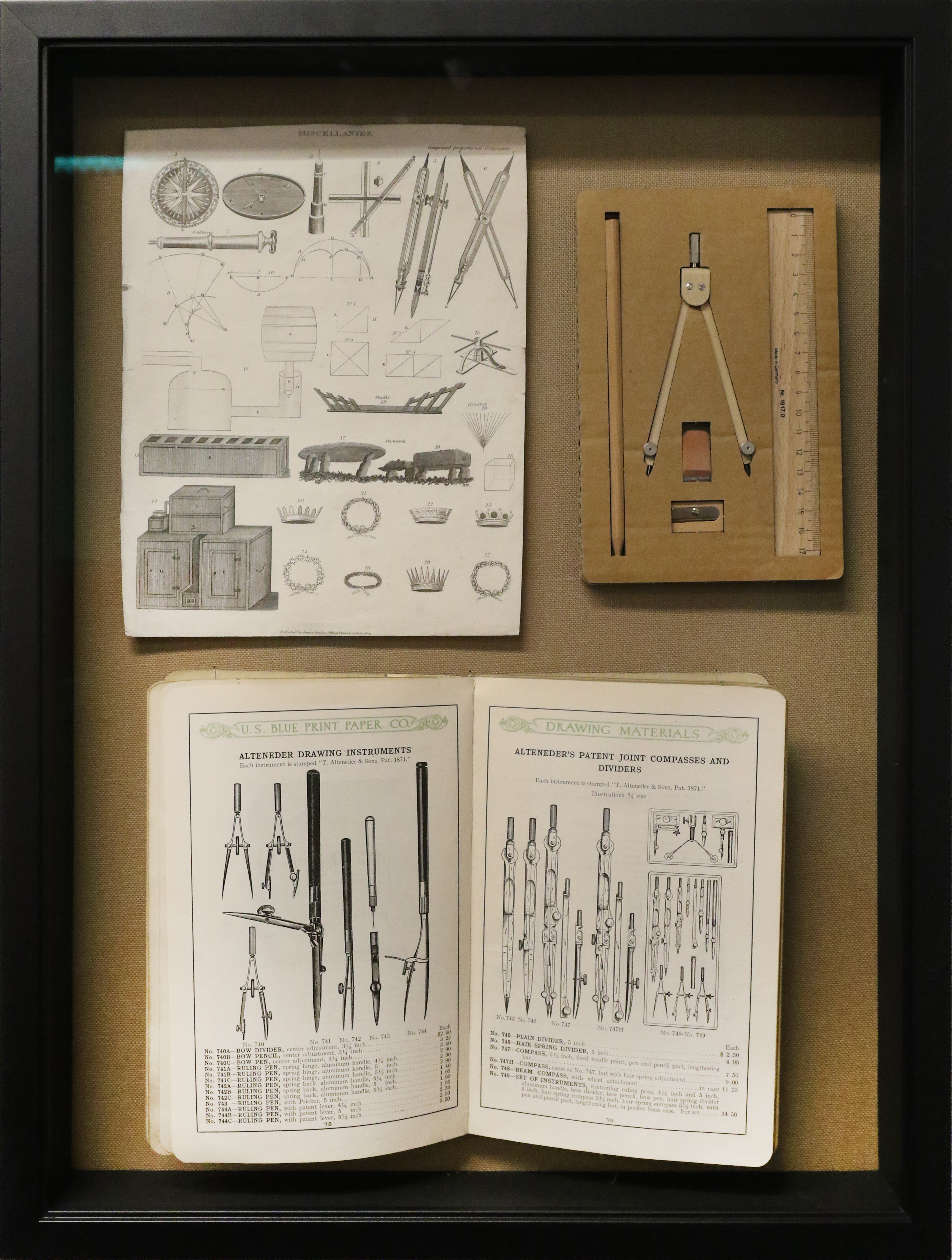
Venerable Vintages is a chance to indulge in the art supply nerd in all of us. To submit a special item connect with us at artdogblog (@) macphersonart.com.
This month’s Venerable Vintages is a collection of drawing instrument ephemera from MacPherson’s Emeryville office. The collection features a compass set beside various patented compass, divider and ruling pen designs from an Alteneder & Son’s pricing booklet published in 1871. The compass has a long interdisciplinary history, with science and art at the heart of its purpose. A tool for mathematics, architecture, engineering, geography and the arts, the compass (or “divider”) dates back to ancient civilizations3. We investigated how the compass came to be, who it was invented for and who uses it now. Art supply nerds, read on.
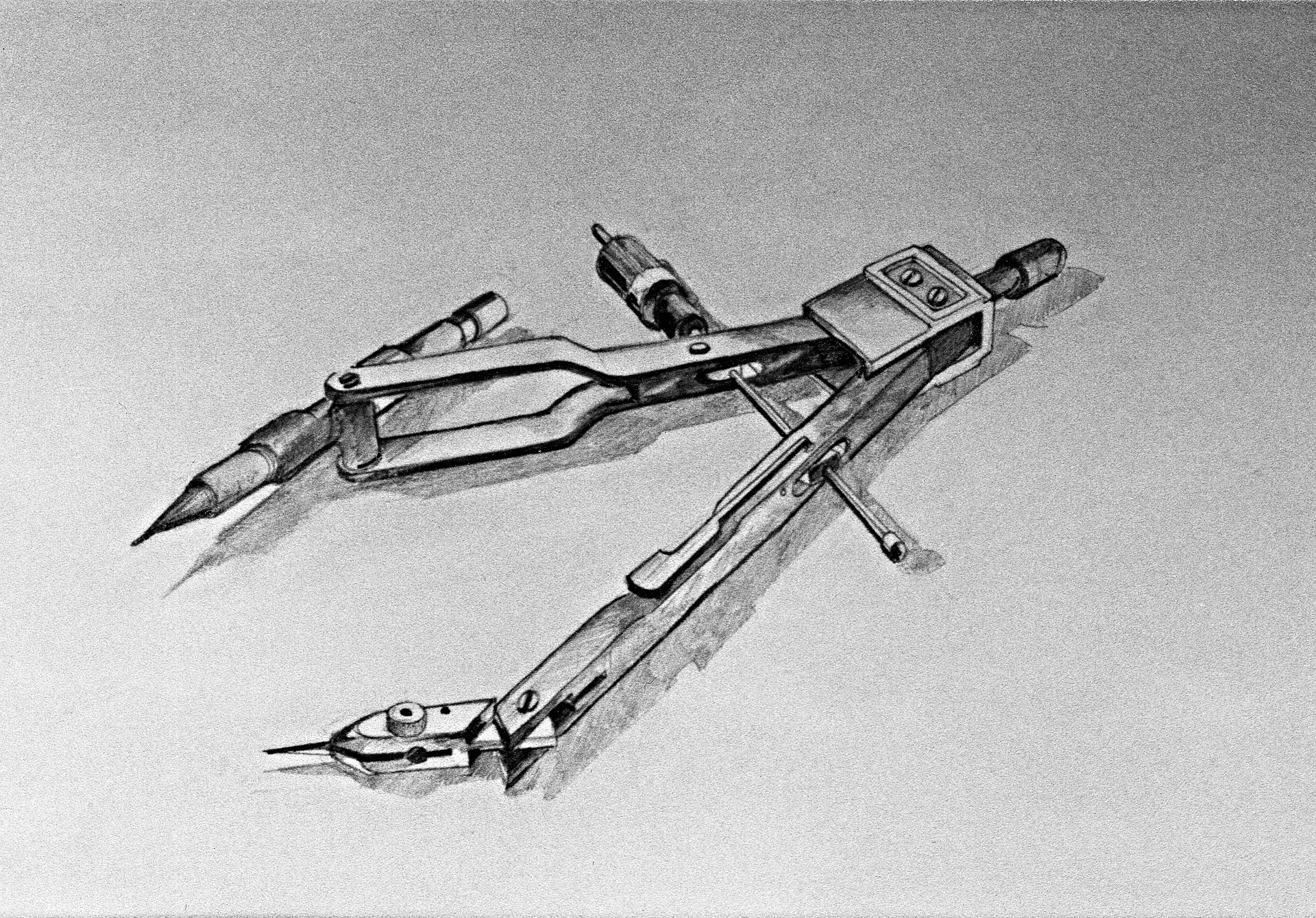
What Is It, Exactly?
Though the terms compass and divider are often used interchangeably, there is a difference. A compass is a hinged drafting instrument with two ends, one that comes to a point for positioning on a surface and the other that clasps onto a pencil, lead or piece of chalk to draw a precise circle or arc. A divider has two sharp points and is designed to measure distance or to score a circle/arc into a surface with one of the points2.
Origin Story
It’s likely that the compass—or a tool similar to it—was utilized by many ancient cultures; the earliest proof we have, however, is from Roman and Greek ruins2, 5.Throughout history inventors have claimed ownership of the tool; it has been through so many iterations that the notion of one sole inventor is less interesting than the capabilities of the tool itself. It has evolved over time, perfected and customized by the needs of artists and inventors like Galileo, Da Vinci and Durer. Their improvement included a knuckle-joint hinge which made the tool easier to use, and the adjustable proportional divider with a screw adjustment for large radii. Da Vinci’s additions also resulted in the concept of the interchangeable point—the clamp that allows for various media to be used to draw (graphite, chalk, etc.)2. During the second half of the 16th century, Galileo designed a tool for use in mathematical instruction in 1597 that resembles an early version of the bow compass. His iterations allowed users to do an array of things, from calculating interest, expressing square roots, calculating areas of volumes, surveying a territory, measuring gauges and architectural layouts4. The importance of customization, specialization and innovation when it comes to designing art supplies is not news to our community; neither is the knowledge that often the best innovators and inventors are the artists themselves.
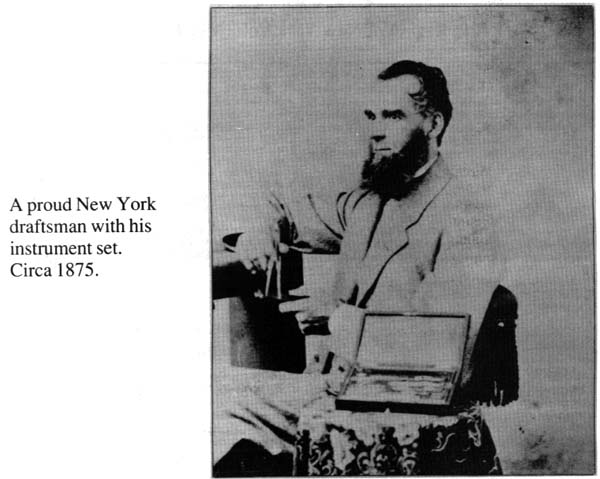
The “American Pattern”
The compass, over two thousand years old, is an excellent example of how a traditional tool needs constant reworking and innovation to remain relevant. While this drawing instrument has been used for thousands of years and has been manufactured by many companies throughout Europe in the 19th century, the shadow box hanging in our Emeryville office pays homage to the contributions of Theodore Alteneder, another maker who sought to improve the drawing compass. An American machinist, draftsman and owner of Alteneder and Son’s in Philadelphia, Alteneder was the only manufacturer of drawing instruments in the states at the turn of the 20th century1, 6. He patented a new joint design in 1850, “…which made [the joint] dust-proof and free from wear and friction”1. This design became known as the “American pattern” of the instrument.
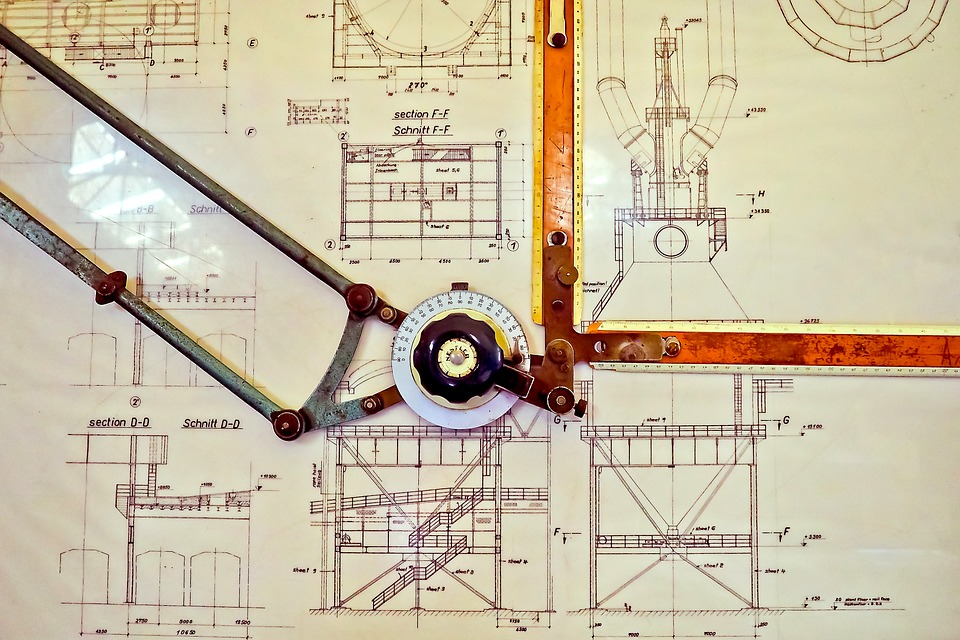

The Digital Age
For some, CAD programs and other graphic design tools have made the drawing compass obsolete. But there is no denying that for geometry students, draftspeople and designers with illustration backgrounds, the compass is still a crucial tool. Anyone putting pen to paper and in need of precise measurements and accurate scaling will need to keep a physical, real-life drawing compass on hand. As we delved into the nuts and bolts of drawing compasses we discovered a jazzy homage to old school drafting techniques. While this video doesn’t actually feature a compass, if you are more of a paper and pencil person, take a break from tech, relax and unwind to this tribute to the precise, mesmerizing discipline of drafting!
Interested in or passionate about the history of an art supply? Have a collectible item you’d like to share with us? Email us at artdogblog (@) macphersonart.com.
Sources
-
Beeks, Dale. “Theodore Alteneder’s American-Pattern Drawing Instruments.” Backsights, Surveyors Historical Society. Accessed November 8, 2018. http://www.surveyhistory.org
-
Bud, R. and Warner, D. “Instruments of Science.” London: Science Museum, 1998. https://books.google.com/books? Accessed November 5, 2018.
-
“Dividers & Compasses.” National Museum of American History, 2008, americanhistory.si.edu/collections/object-groups/dividers-compasses. Accessed November 5, 2018.
-
“Galileo’s Compass—History of an Invention.” Istituto e Museo de Storia delle Scienza. https://brunelleschi.imss.fi Accessed November 8, 2018.
-
Hartenberg, Richard S. Joseph A. McGeough.”Hand Tool.” Encyclopædia Britannica, December 2015. https://www.britannica.com. Accessed November 5, 2018.
-
Railway Locomotives and Cars, Volume 73 Simmons-Boardman Publishing Corporation, 1899. P. 405. https://books.google.com Accessed November 8, 2018.




